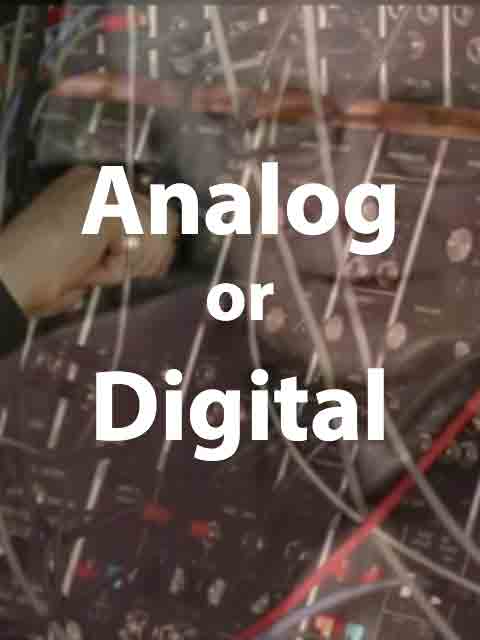Buying Loops and Samples in 2017, many options, many pricey options.
It seems every music producer has lived a similar life cycle. We start without very many funds, or not sure if the investment is worthwhile, and either go crazy on VSTs or geek out into collecting digital libraries.
Many classics were shared, easy to spot them in music still today.
Now today’s music industry has evolved. Now there are thousands of audio sales companies, and the big box names now sell digital audio packs, by the tens of thousands per month.
Similar to the music industry evolution… The music producer evolves too, and as you start to grow older in the hobby or career path, you eventually learn things like, playing in key is important, vintage analog gear sounds amazing, modern analog gear innovations are game changing, tube amps are butter, and learning the latest DAWs has a lot of benefits.
Remember what it was like when everyone was collecting music off of Pirate Bay?

This was the only option when you couldn’t even afford the DAW. Not exactly a place to share nitch analog samples.
How about – remember when we were collecting music on Napster? Sample’s and loop libraries were freely shared.
With today’s modern offering, every DAW has a package of all the usual 909/808/etc… analog drum machines. And nearly every software gives you access to these classic kits. As fantastic as that sounds, in actuality, we should call that a “digital sample.”

A quick google search of 808, leads to this front side image of a Roland 808 analog drum machine. Displayed at a slight angle, with a white background.
Think about all of the 1970 synth or analog drum machine, in grandma’s garage, turning into the future hit track. There is a certain depth, feeling and attitude each synth takes on as you use them more and more. The same is very true for Musicblip’s analog loop and sample’s, each collection was built ‘around’ the attitude the instrument embodies.
This is where analog and digital make a big divide. A piano that pulls electricity, made of mostly plastic in the 1980’s has the tendency of “growing up” and would output it’s own unique version of the truth.
A digital sample has no variation. It’s the same digital blip or sample a computer chip was programmed to do.

It was in October of 1964 at the Audio Engineering Society’s annual conference that Bob Moog presented his paper on Voltage-Controlled Electronic Music Modules and demonstrated his prototype synthesizer modules.
Analog pull’s electricity. So, as the analog synthesizer ages, we are bound to have variation,.. Which may be no surprise that these machines have retained their value and continue to be replicated today.
For example some analog synths are built by hand, and this adds an extra characteristic that can’t be replicated, only mimicked.
Todays digital e-commerce space is full of great options, if you like digital loops and VST packs. These great options and high prices are true for all companies, whether you prefer googling “beats” – “audio loops” – “analog drum loops” — you have plenty of options.
Or try these clearly labeled analog samples at our shop!
